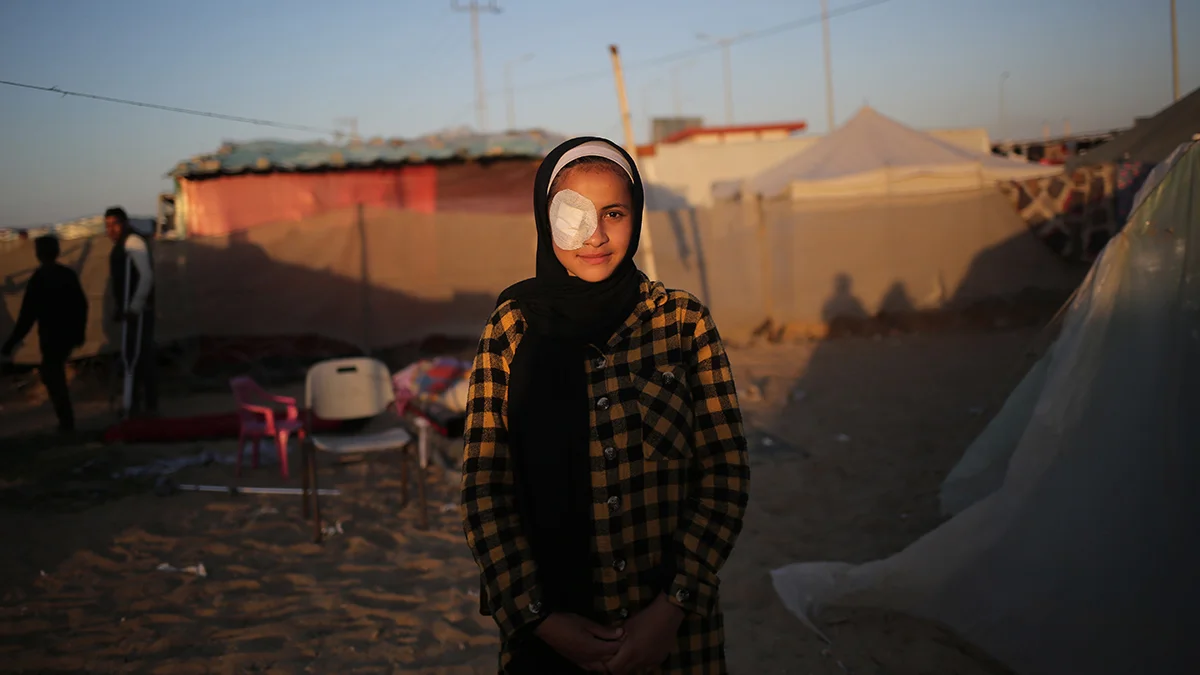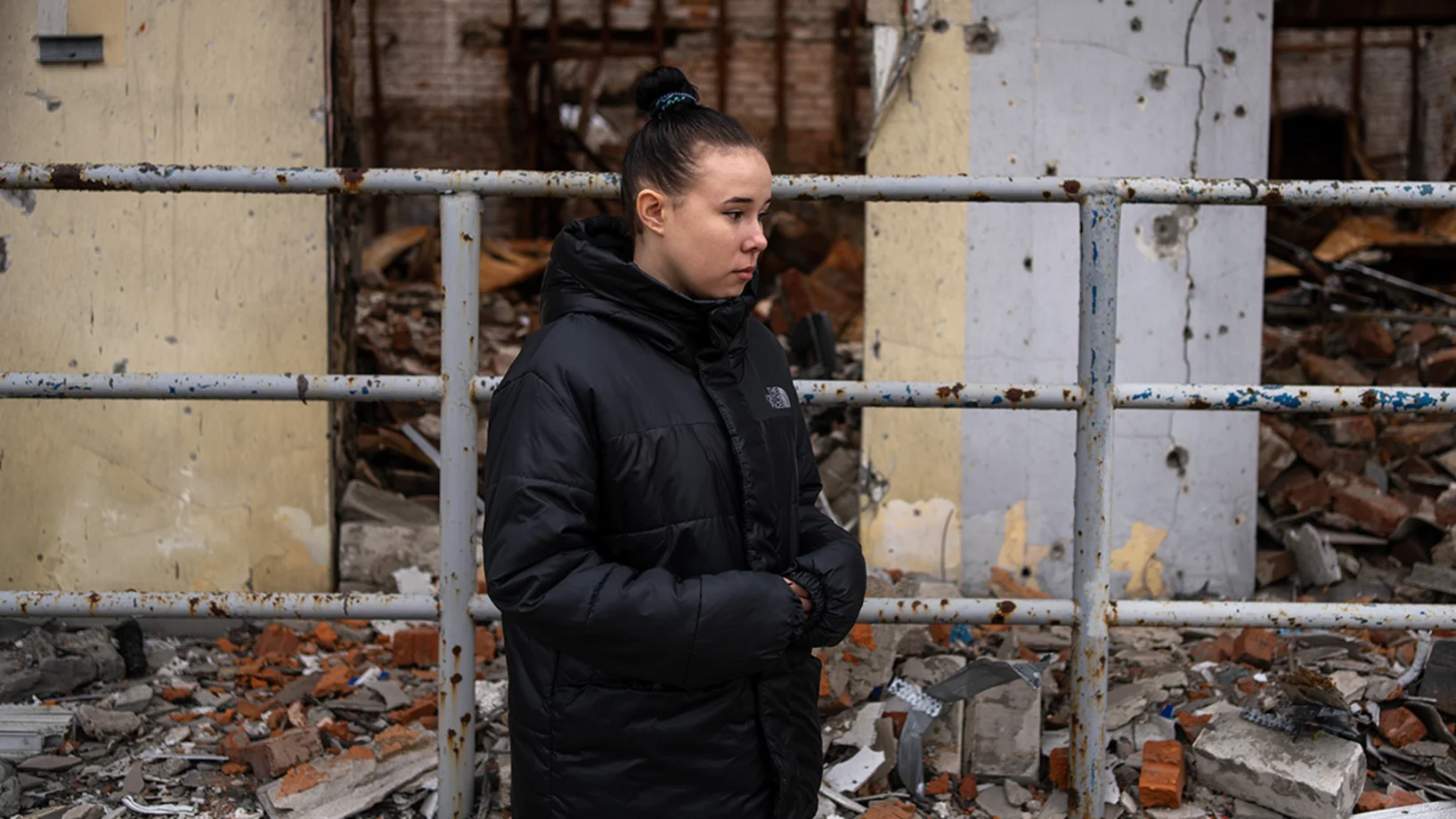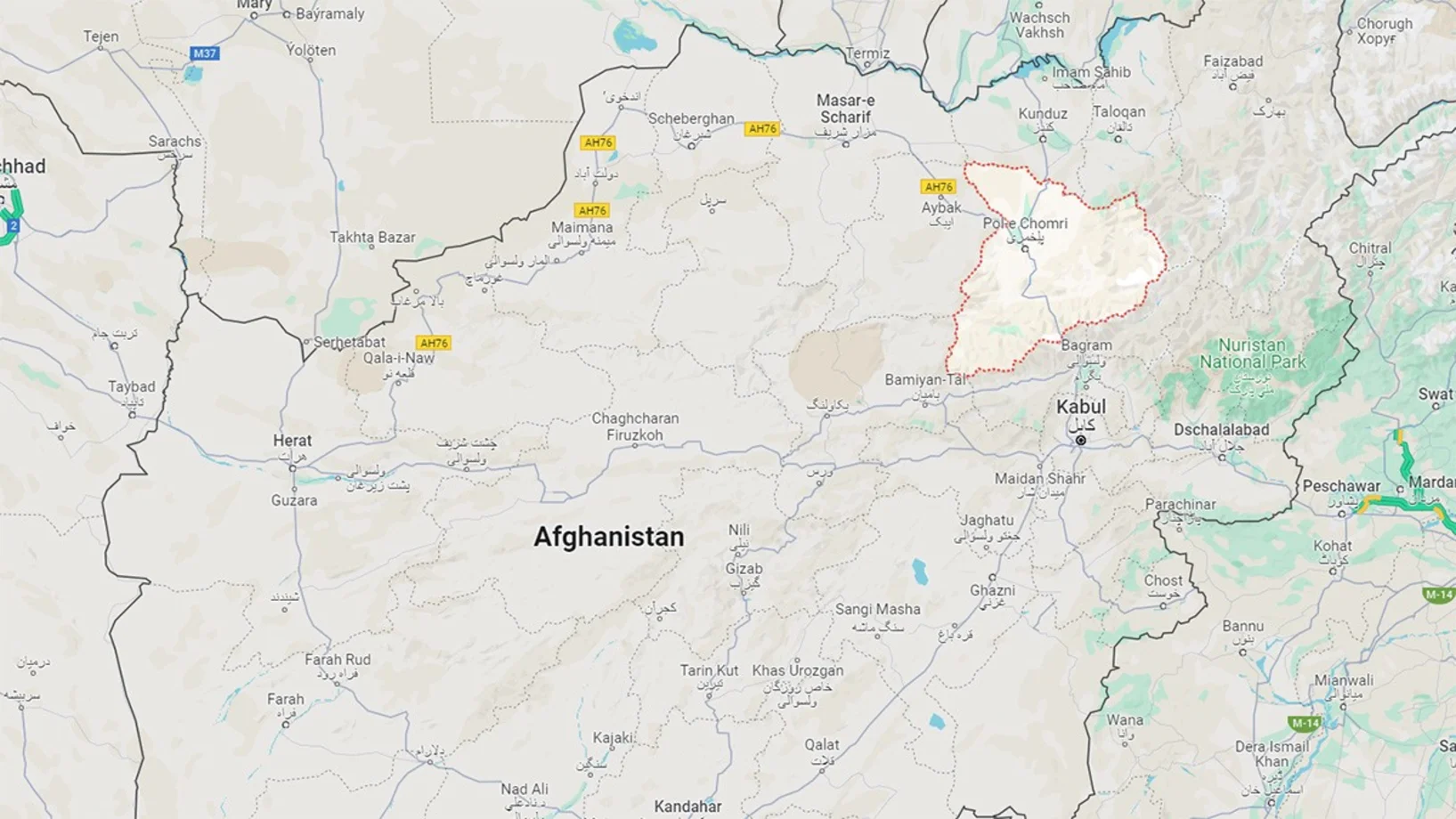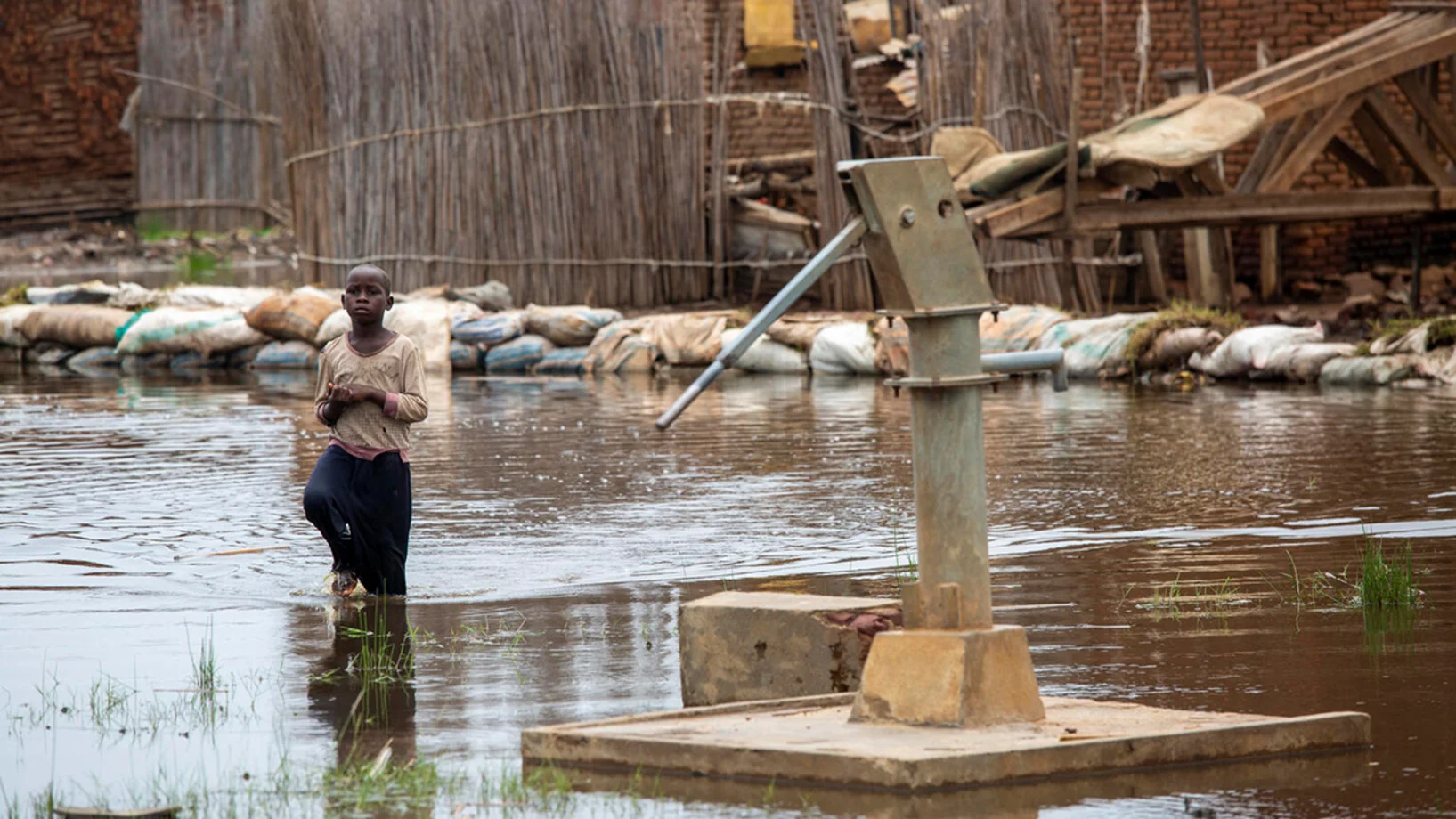With hundreds of thousands of children in Rafah injured, sick, malnourished, traumatized or living with a disability, UNICEF calls for children to not be forcibly relocated, and the vital infrastructure on which children rely to be protected.
With the unfolding humanitarian crisis in the Gaza Strip continuing to deteriorate, UNICEF is warning that a military besiegement and ground incursion in Rafah would pose catastrophic risks to the 600,000 children currently taking shelter in the enclave.
Following October evacuation orders to move to the south, it is estimated that there are now about 1.2 million people sheltering in Rafah, once home to about 250,000 people. As a result, Rafah (20,000 people per km2) is almost twice as densely populated as New York City (11,300 people per km2), and about half the population is children, many of whom have been displaced multiple times and are sheltering in tents or informal and unstable housing.
Given the high concentration of children in Rafah – including many who are highly vulnerable and at the edge of survival – as well as the likely intensity of the violence, with potential evacuation corridors likely mined or littered with unexploded ordnance; and shelter and services in areas for relocation very likely to be limited – UNICEF is warning of a further catastrophe for children, with military operations resulting in very high civilian casualties and the few remaining basic services and infrastructure they need to survive being totally destroyed.
“More than 200 days of war have taken an unimaginable toll on the lives of children,” said Catherine Russell, UNICEF Executive Director. “Rafah is now a city of children, who have nowhere safe to go in Gaza. If large scale military operations start, not only will children be at risk from the violence, but also from chaos and panic, and at a time where their physical and mental states are already weakened.”
Compared to adults, children are especially vulnerable to the devastating impacts of the war in the Gaza Strip. They are being disproportionately killed and injured, and suffering more acutely from disruptions to healthcare and education and a lack of access to sufficient food and water. Already, more than 14,000 children have been reportedly killed in this current conflict, according to the latest estimate by the Palestinian Ministry of Health.
Meanwhile, hundreds of thousands of children in Rafah are estimated to have a disability, medical condition or other vulnerability that puts them in even greater jeopardy from the looming military operations in the city:
- about 65,000 children are estimated to have a pre-existing disability, including difficulties seeing, hearing, walking, understanding, and learning.
- about 78,000 children are infants under 2 years of age;
- almost 8,000 children under 2 years of age are acutely malnourished;
- about 175,000 children under 5 years of age – or 9 in 10 – are affected by one or more infectious diseases;
- almost all children are already in need of mental health and psychosocial support.
Many of these vulnerabilities are not mutually exclusive, meaning that the same child could be both injured and sick, or malnourished and an infant.
“Hundreds of thousands of children who are now cramped into Rafah are injured, sick, malnourished, traumatized, or living with disabilities,” said Russell. “Many have been displaced multiple times, and have lost homes, parents and loved ones. They need to be protected along with the remaining services that they rely on, including medical facilities and shelter.”
UNICEF reiterates the call of the Interagency Standing Committee for Israel ‘to fulfil its legal obligation, under international humanitarian and human rights law, to provide food and medical supplies and facilitate aid operations, and on the world’s leaders to prevent an even worse catastrophe from happening.’
Underscoring the special vulnerabilities of children, UNICEF is also calling for:
- An immediate and long-lasting humanitarian ceasefire. The immediate release of hostages, and an end to any grave violations against all children.
- The protection of civilians and the infrastructure that supports their basic needs, such as hospitals and shelters, from attack and military use;
- Continued protection of children and their families if they are unable or unwilling to move following an evacuation order - people should be allowed to move freely to safer areas, but they should never be forced to do so.
- Safe and consistent access for humanitarian organisations and personnel to reach children and their families with life-saving aid, wherever they are in the Gaza Strip.



